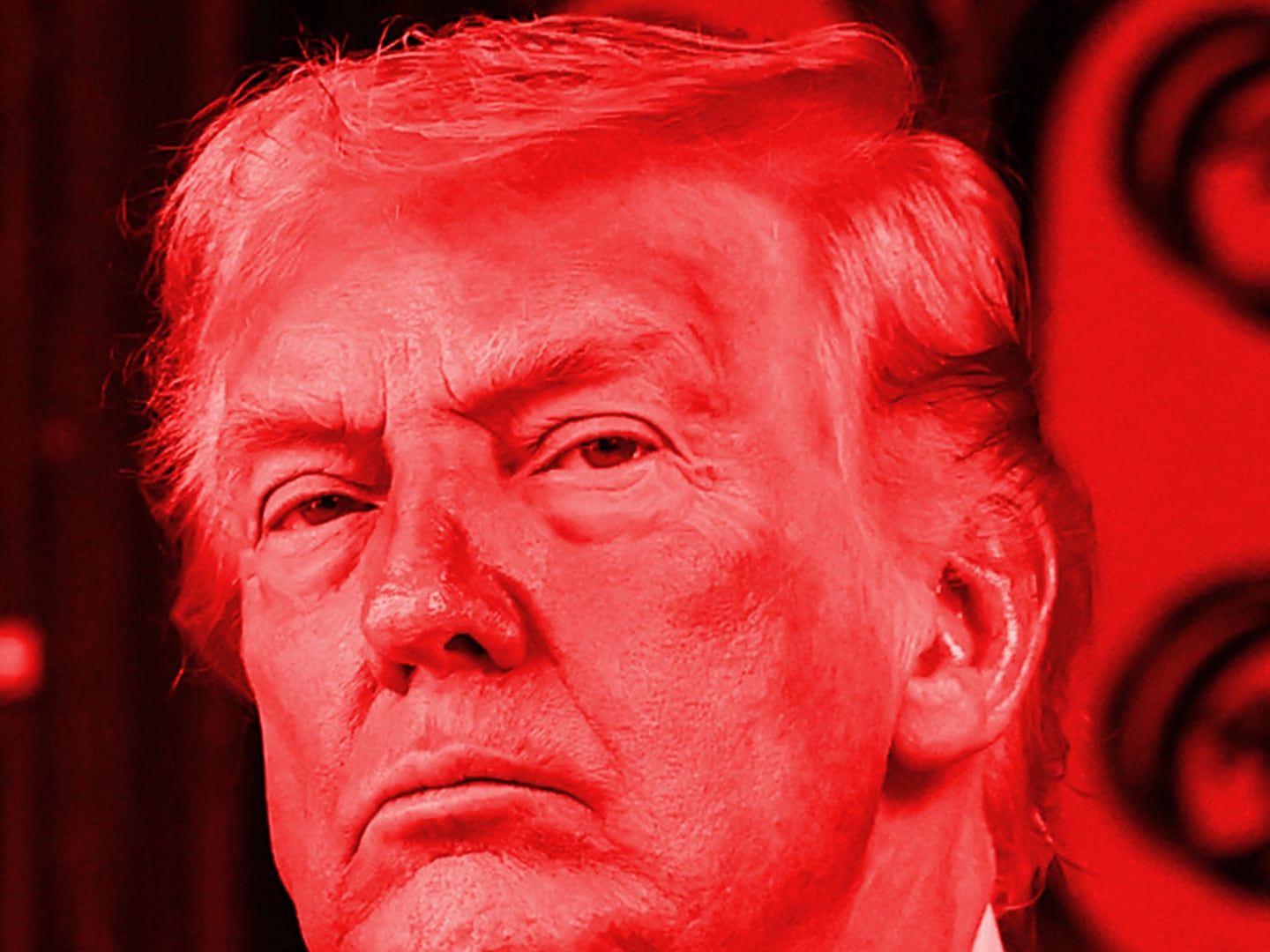Yesterday's drone strike in Pakistan's northwestern district of Hangu that killed a top Haqqani Network leader is a major tactical win for the U.S., but in the absence of a comprehensive strategy to deal with al Qaeda-linked jihadist groups in the region, it will serve only to disrupt the organization in the short term.
The CIA-operated Reapers killed Maulvi Ahmed Jan, a top deputy in the al Qaeda-allied Haqqani Network, and two other commanders in an airstrike on a seminary in the settled district of Hangu. The hit was remarkable because U.S. drones rarely stray outside of the designated kill boxes of Pakistan's tribal areas, particularly the tribal areas of North and South Waziristan, where a host of jihadist groups operate unfettered. Of the 352 strikes recorded by The Long War Journal since the drone program began, 95 percent have taken place in the two tribal agencies. Only four of the remaining strikes occurred outside of the tribal areas; the last was in March 2009.
Given that the U.S. rarely strikes in the 'settled areas' to avoid major diplomatic problems with the Pakistani government and military, yesterday's strike was sure to have targeted an important jihadist leader. Sirajuddin Haqqani, the operational commander of the Haqqani Network, a Taliban subgroup that operates in Pakistan and Afghanistan, was spotted at the seminary just two days prior to the attack, and is thought to have been the primary focus of the hit. While confirmed target Maulvi Ahmed Jan isn't Sirajuddin Haqqani, he was one of the top leaders of the group, and his death will certainly have an impact.
Jan has been described as "the right hand" and chief of staff of Sirajuddin. Jan often represented Sirajuddin in council meetings and mediated disputes with jihadist groups such as the Movement of the Taliban in Pakistan. He is also said to have directed and organized suicide assaults in Afghanistan, particularly in Kabul, as well as served as a key financier and logistics expert for the Haqqani Network.
Jan is the second Haqqani Network leader killed in Pakistan this month. Nasiruddin Haqqani, Sirajuddin's brother, who was on the U.S.'s list of Specially Designated Global terrorists for his ties to al Qaeda and for overseas fundraising, was gunned down in Islamabad just 11 days ago. The circumstances behind Nasiruddin's death remain a mystery, but the CIA and/or Afghan intelligence are suspected of having him assassinated.
The deaths of Jan and Nasiruddin over such a short period of time will cause major problems for the Haqqani Network. The two leaders will have to be replaced, and given their stature in the group, this will not be an easy task. Meanwhile, the Haqqanis will be scrambling to ensure the safety of their leadership cadre. The deaths of two important leaders outside North Waziristan will no doubt be unsettling to the Haqqanis. But the Haqqanis will no doubt receive assistance from Pakistan's Inter-Services Intelligence Directorate and the military, which treat the Haqqanis as a key client.
While disruptive, are the deaths of jihadist leaders such as Jan and Nasiruddin enough to influence the outcome in Afghanistan, degrade the impact of the Haqqani Network and Taliban in Pakistan, or dislodge al Qaeda from the tribal areas and in greater Pakistan? Unless the U.S. steps up the pace of the drone strikes, expands its area of operations (Nasiruddin's death in Islamabad and Jan's in Hangu show that the Haqqanis are not confined to North Waziristan), and quickly eliminates other top leaders of not just the Haqqani Network but other supporting groups, it is highly unlikely. The Haqqanis, the Afghan Taliban, the Movement of the Taliban in Pakistan, al Qaeda, and other jihadist groups based in Pakistan and Afghanistan have lost numerous key leaders to drone strikes and military operations over the past 12 years. Yet few people credibly argue that any of these groups are losing ground in Pakistan or Afghanistan or are on the verge of collapse.
Drones may hurt the Haqqanis’ leadership, but they do not prevent the group from controlling ground. Despite an intensive drone campaign against various Taliban and al Qaeda groups that was stepped up by President George W. Bush in the summer of 2008, jihadist groups remain entrenched in Pakistan's tribal areas. And their ability to hold ground gives them access to resources, finances, and recruits, which in turn enables them to retain power and expand their operations.
In the absence of a comprehensive strategy to tackle these groups head on, which would include denying them ground and confronting al Qaeda's ideology, the drone campaign is merely a tactic of decapitation strikes masked as a strategy. Given the U.S.’s inability to define the enemy, the Obama administration's disengagement from the Afghanistan-Pakistan region, and Pakistan's continuing support for jihadist groups, the likelihood of an effective strategy emerging remains dim. The tactic of the targeted killing of jihadist leaders is the only game in town.
The deaths of Jan and Nasiruddin in drone strikes this have "placed the Haqqanis on notice," as one U.S. intelligence official who tracks the group told me. And Haqqani Network leaders, who are accustomed to operating freely in Pakistan, will now have to be more circumspect and devote more energy to survival. But the strikes have not crippled the group.





